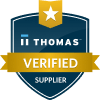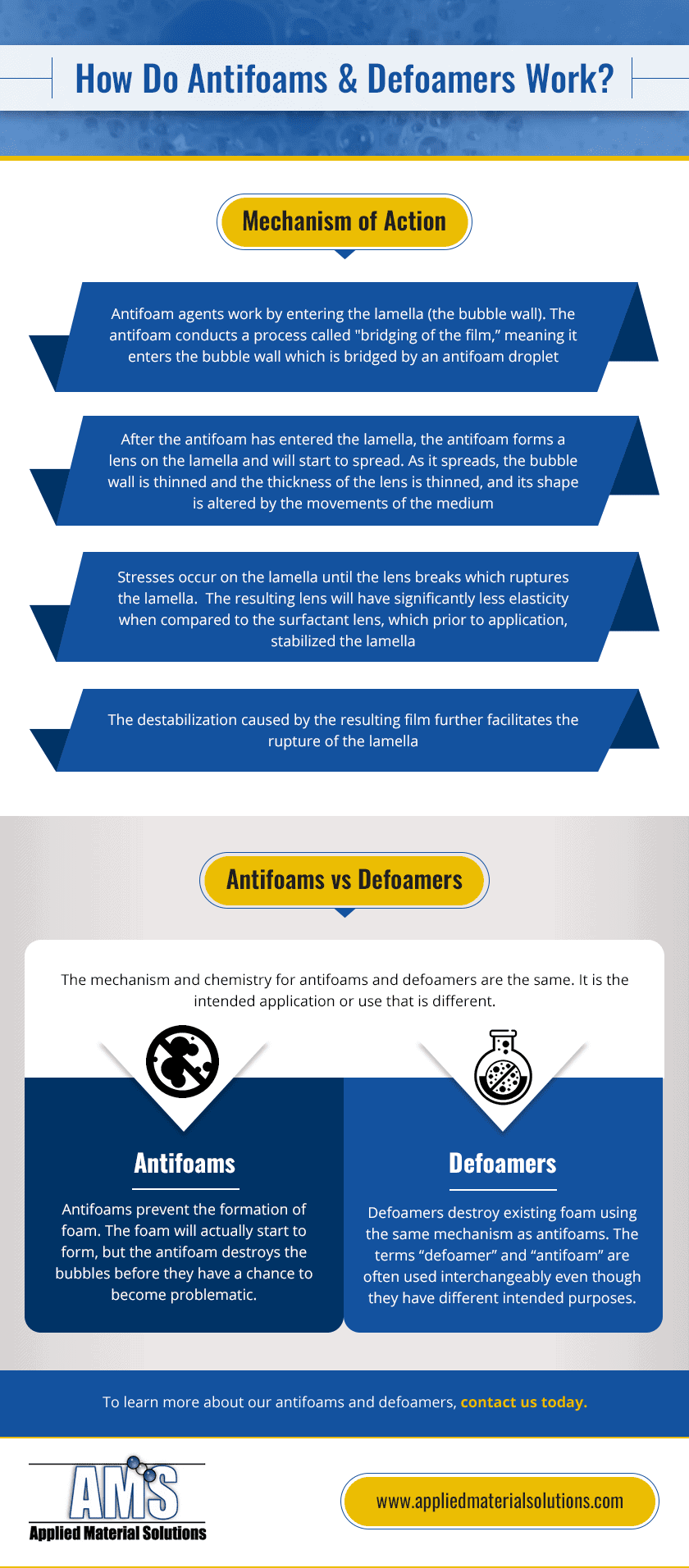For food processing, food-grade antifoams and defoamers must be used. These are typically water-based and contain silicone-based ingredients, but may also be based on various types of food-grade oils. Usually, kosher certification is a requirement.
Foaming and air entrapment are quite common in water treatment. Foam can slow down the treatment process, and can even block filtration systems.
The mixing and grinding during the production of PICA products are the main causes of foam formation. Foam can negatively impact the production and use of these products.
Foam can create problems for just about any type of chemical manufacturing. Defoamers and antifoams are frequently used throughout the production process, including distillation, transfer, filtration, and synthesis. Defoamers and antifoams for chemical manufacturing can be designed to work in highly acidic or alkaline environments.
Cleaning solutions can be negatively affected by too much foam. Using antifoams and defoamers is an effective way to stop inefficiencies caused by foam.
Recycle mills, sulfite mills, and kraft mills all rely on antifoams and defoamers. Foam buildup can lead to slower production rates, low-quality output, increased use of bleaching, inefficient washing, and maintenance problems.
Foam presents a significant risk to crude oil and gas production. In extreme cases, excessive foam can lead to production shutdowns. The oil and gas industry mostly relies on polymeric surfactant and silicone antifoams and defoamers to ensure product quality and smooth production.
Modern mining and mineral processing relies on foam control to achieve peak efficiency. Like other industries, foam can cause problems in filtration and flotation systems.




